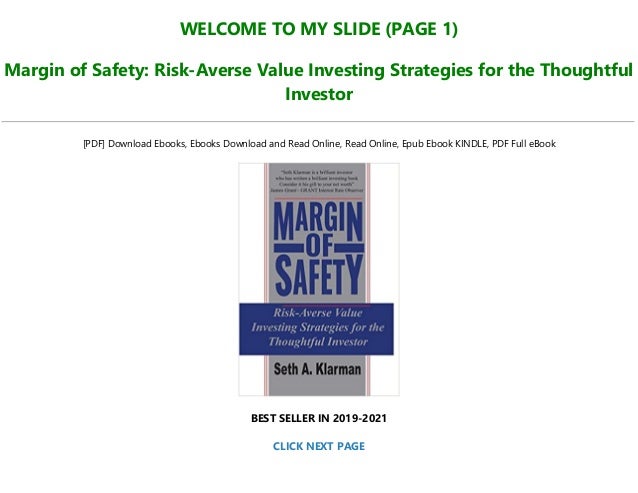

It needs to invite readers to want to read page after page after page of straight text. A print book requires a font that’s easy on the eye, one that helps readers move quickly from line to line and page to page.

It’s not going to be read from a computer screen. And Times New Roman, Courier, and Arial are not gonna work.Ī print book-paperback or hardcover-is not a school report, a white paper for the company, a newsletter, or a thesis. You’ll want to choose a font that works for print books. Try to pick the right trim size from the start.Ĭhoosing a font and font size should be done in conjunction with choosing a trim size. You could change the trim size after you’ve worked through the formatting if you had to, but that would be a lot of extra work and time. Both CreateSpace and IngramSpark provide lists of their trim options. Your best bet for choosing trim size is to study books similar to yours and make your choice based on what you see in those books. And even if the text is legible, it could still be small enough to make the read hard or uncomfortable. Yes, you could adjust the font to get more words on each page and therefore lower the page count, but you wouldn’t want a font size that’s too difficult to read. The company that prints and distributes your books gets a greater percentage of the retail price of books with more pages, so your choice of trim can have financial consequences. The longer book isn’t quite so long when you make the pages bigger. For books with a lot of text, especially for nonfiction, 6 x 9 is a good choice. Pull out a stack of books and measure them-you’ll see that you have options. Yet you’re certainly not limited to these sizes there are many, many more. In inches, common trim sizes for print and self-published books are 5.25 x 8, 5.5 x 8.5 and 6 x 9. The trim size refers to the physical dimensions of the book. All of them.Įven when page elements are seemingly the same across books, you still have options.īefore you begin formatting your text, you’ll want to choose a trim size. And when you self-publish, you’ve got to make the decisions. And if you study even more books, you’ll find other differences.įor every element on every page, every place you find a difference between books, a decision was involved. At first glance, the interiors may look similar, but after some study, you’ll note the differences. In this article we’re going to look at three important areas of formatting that you’ll need to decide on early in the process: trim size, font choice, and margin size. Both have standardized the process, and you can find articles and forums filled with details and suggestions to help you out. Two popular choices are CreateSpace (Amazon’s self-publishing group) and IngramSpark. You have lots of choices for printing and distribution if you want to self-publish print books. And for our purposes in this article, that means prepare it for print.

Once you’ve written, rewritten, edited, and polished your manuscript, you’re ready to prepare it for release.

(The specifics of my tips and suggestions are for MS Word, although you can format your manuscript for print using InDesign from Adobe or other software.) Keep in mind as you read that this information deals solely with formatting print books, not e-books. Still, if I need to go deeper on a topic, I’ll just work the info into another article. And even then I won’t be able to cover every topic in depth. If you intend to self-publish print books (I can recommend the experience as a positive one), then having a few tips and insights about the process before you begin will be helpful.īecause there’s a lot to cover, this topic is going to require several articles. This article is the first in a series to address formatting for print books. By Fiction Editor Beth Hill last modified May 2, 2016


 0 kommentar(er)
0 kommentar(er)
